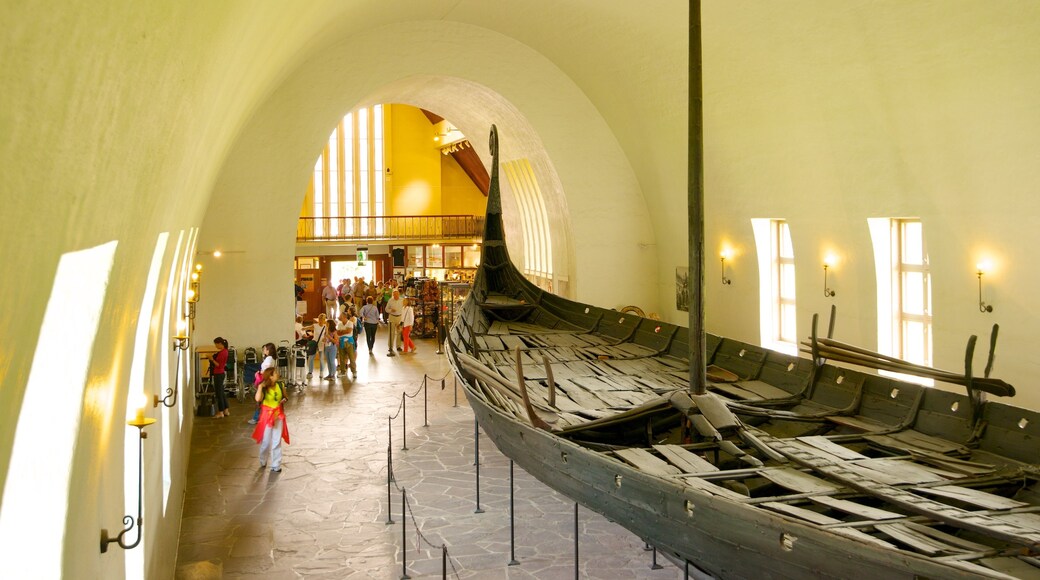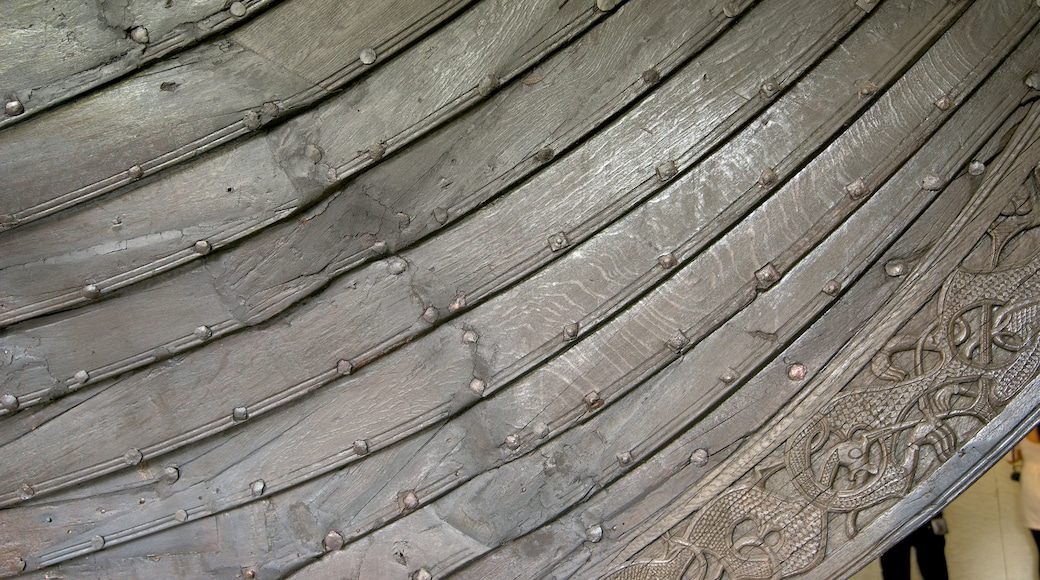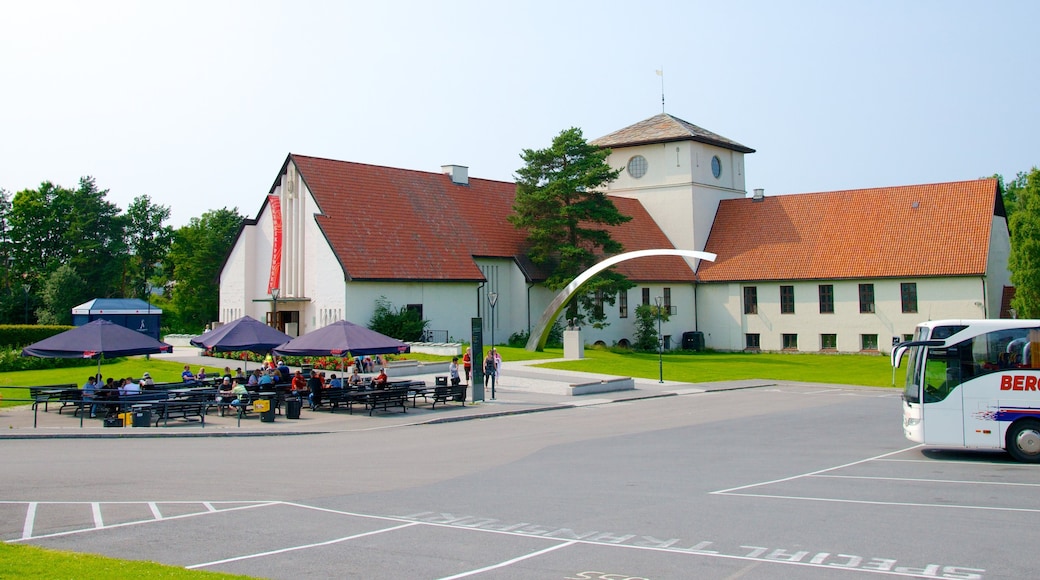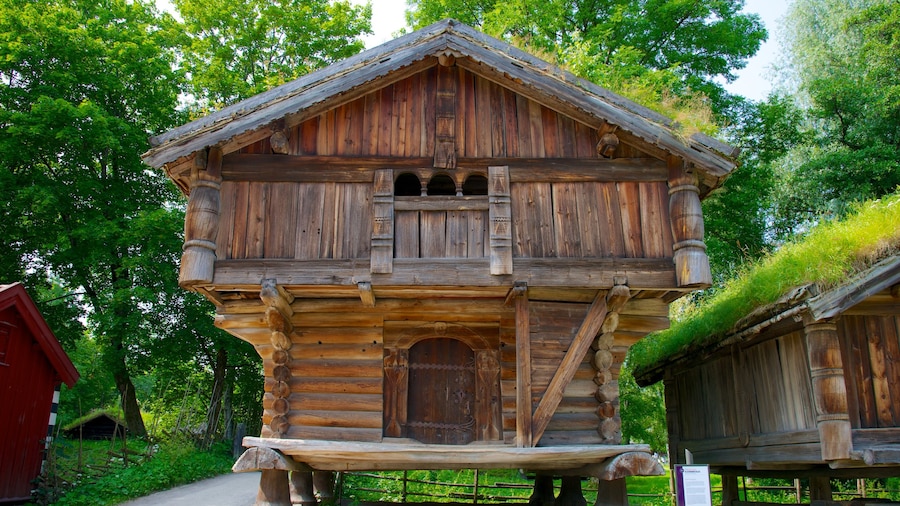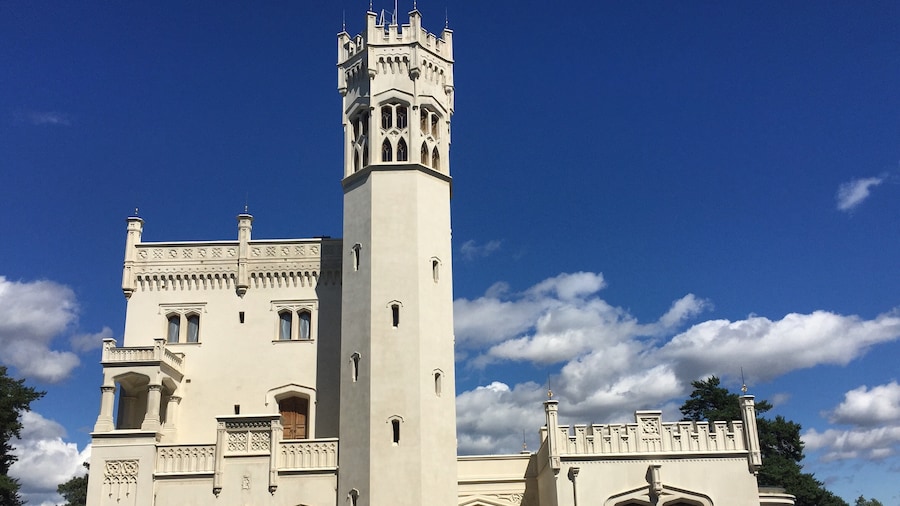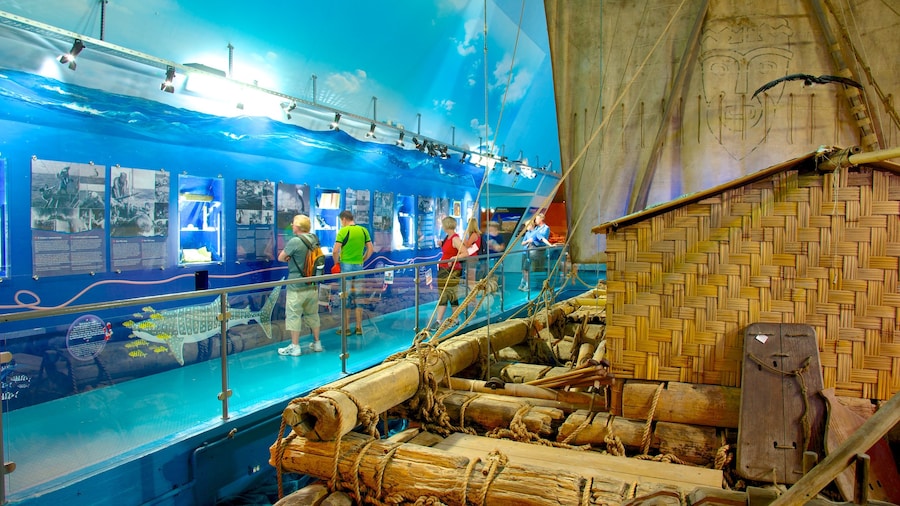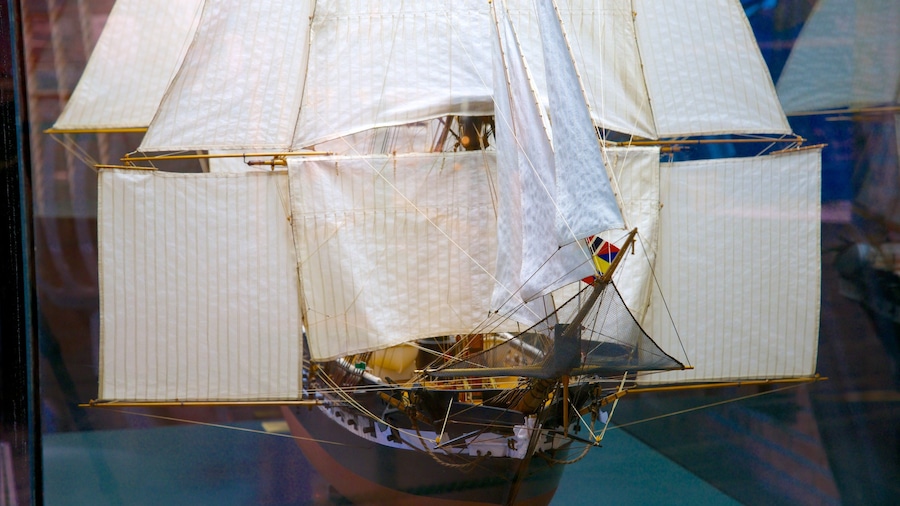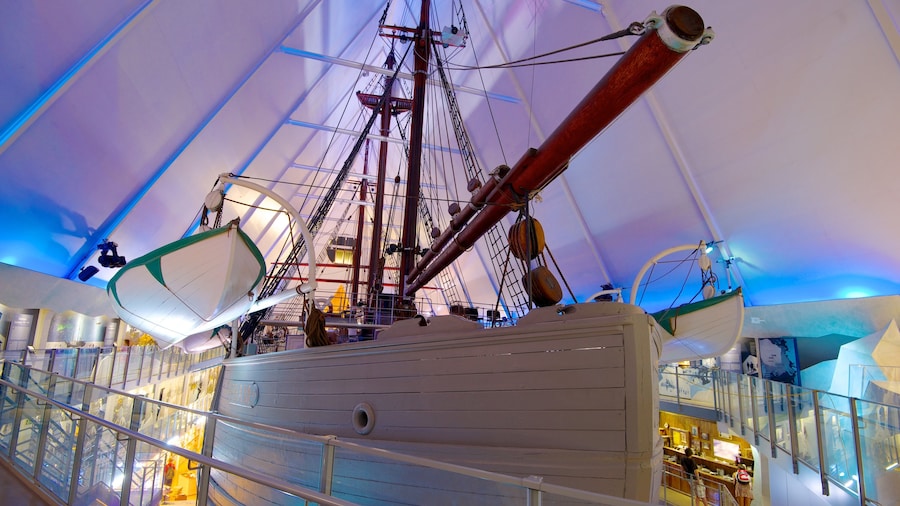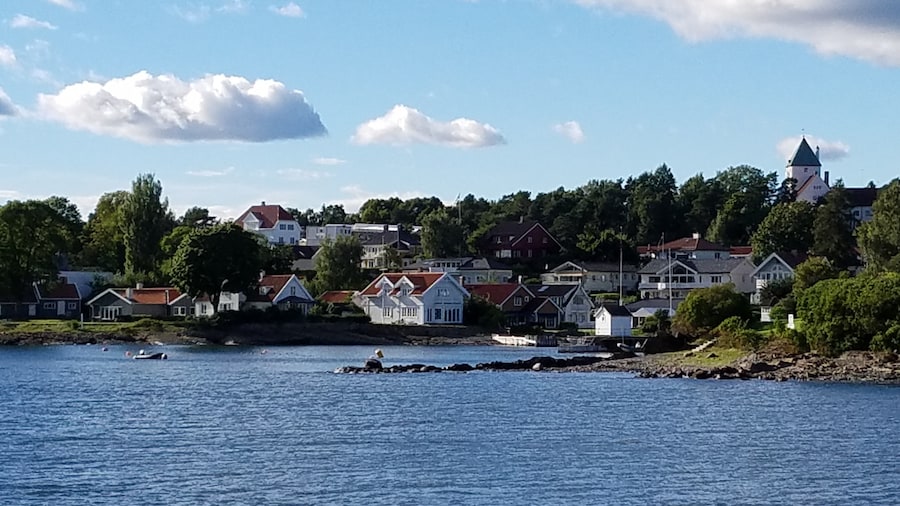The Viking Ship Museum exhibits three boats from a time when Norway’s Vikings were pillaging and plundering their way across Europe. These well-preserved ninth-century vessels were discovered between 1867 and 1903 and named after the places where they were found.
Stare up at the prow of the Gokstad and try to imagine the fearsome sight of warrior oarsmen powering through the water to raid their next target.Observe the animal ornamentation on the Oseberg, including dragon carvings and a snake’s head. The decor is so elaborate that it’s thought the ship served a ceremonial purpose for members of the aristocracy. More than 90% of this reconstructed vessel contains its original timber.
The Tune ship is the smallest of the three craft and the first to be discovered. It was badly damaged during excavation when modern archaeology was in its infancy.
The reason the ships have survived more than 1,000 years is that Viking chieftains were buried in them. To protect these leaders in the afterlife, the ships were encased under mounds of clay, which protected the wood from decay. Nobles took their possessions with them for the afterlife and many of these artifacts are on display in the museum. Inspect their beds, sledges, textiles, tools and household utensils. Look at the carved scenes of old Viking stories on the wooden horse cart.
The museum is situated on the Bygdøy Peninsula, three miles (five kilometers) from the city. Get there on the number 30 bus from Oslo city center. From April to October you can take the ferry from the city hall pier. There are car parking bays behind the museum. Parking is free in winter, but there are charges in summer.
The Viking Ship Museum is open every day except Christmas Eve, Christmas Day, Boxing Day, New Year’s Eve and New Year’s Day. The building has two floors, most of it accessible to wheelchair users. There’s a small fee for admission.
